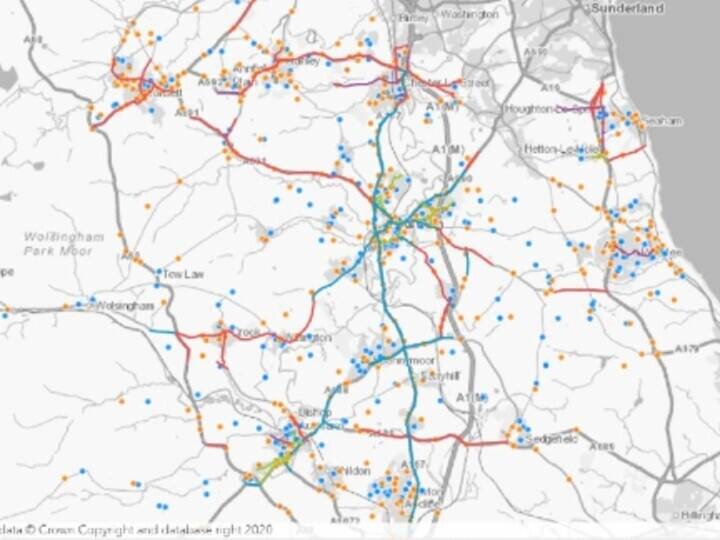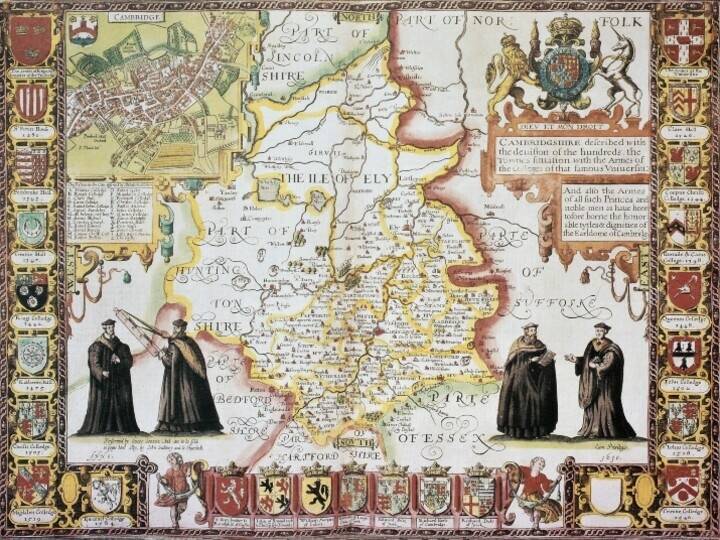Bringing Location to Life - case study based on a presentation from Apollo Gerolymbos, Head of Data Analytics at London Fire Brigade at the GeoPlace conference 2019
For fire and rescue services everywhere, preventing a blaze is as important as tackling one. To do that, firefighters need access to systems and data that can help them identify risks to property – and people – and to better target vulnerable areas with fire-prevention education.
This involves bringing myriad data sources together. Addressing; property details; transport links; known hazards; arboricultural information, previous incidents and more.
Even an overlay of demographic data can be useful in helping the most vulnerable members of society to mitigate fire risk.
Data teams can use open data to understand family risk profiles and prioritise visits to homes or even schools where education in fire safety is needed.
In terms of analysing fires, predicting fire risks, and moving fire engines (not only to the scene of a fire but also from one station to another as a stand-by manoeuvre), the analysis of spatial data is essential. Specificity and ease of integration is assured by connecting datasets with the UPRN.
The London Fire Brigade’s data analytics team handles the location data being collected and used by 33 boroughs, with 102 fire stations. The team’s work involves liaising closely across internal departments and external agencies (such as local authorities and the Home Office); publishing and pulling in open data from other organisations as and when it’s available.
One project that’s now come to fruition is the creation of an All-Addresses Corporate Database (AACD). The AACD is a database that makes connections – using UPRNs as the unifier – between every piece of data known about each addressable point in London.
The team started by loading the addresses and UPRNs of all addressable points in the London area (using data sourced from AddressBase Premium), and adding information about the heights of buildings, using details from OS MasterMap. Demographic detail was added (using the MOSAIC information available from Experian); and cross-referenced against instances of accidental fires and fire engine mobilisations – using details collected by the fire brigade itself.
The team then wanted to add in the recorded Energy Performance Certificate (EPC) attributes of each property, but in its raw form, EPC data does not include a UPRN. GeoPlace undertook to match UPRNs to the EPC, providing a verified dataset that integrated seamlessly.
With the AACD in place, the London Fire Brigade can now model and forecast fire risk far more accurately, and develop visualisations for fire officers to access quickly and easily – with complete confidence in the locations they’re seeing.
However, the different metrics involved correlated to fire risk in different ways. Meaningful predictions, for example, did not use building height data. For some analysis, information contained within the EPC turned out to be by far the most important – and in turn, this work has led to analysis that shows which datasets to interrogate and develop further.
“London Fire Brigade’s improvements in the data analytics space, using the UPRN, are helping to mitigate fire risk for the most vulnerable people and their properties”
-Apollo Gerolymbos Head of Data Analytics at London Fire Brigade



